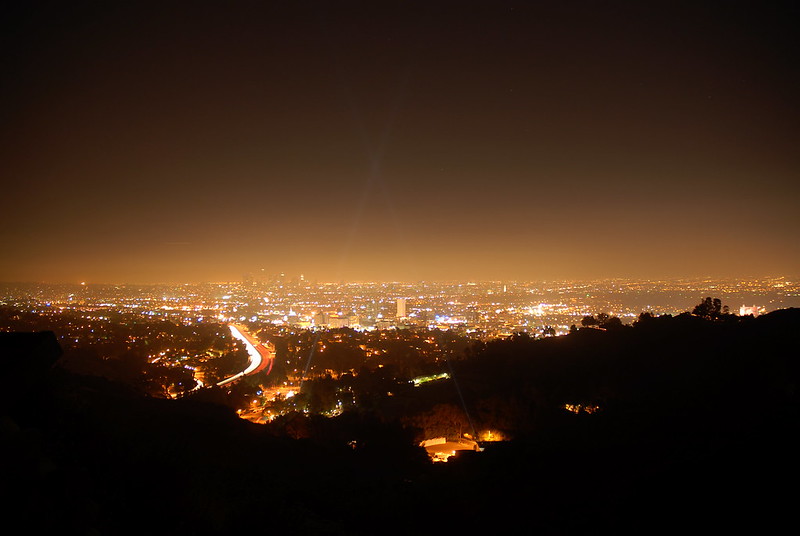by Sharon Hanzik, PWL Member

The George Observatory/Houston Museum of Natural Science at Brazos Bend State Park opened to the public in 1989. This particular location was chosen both for its proximity to the greater metropolitan area of Houston but also due to the area’s dark skies, obviously needed for stargazing. At the time, the area was predominantly rural. The view of the horizon from the observation tower on the trail between 40-Acre and Pilant Lakes was mostly a dark sky view. To the north and northeast, one could see only a faint glow from the Rosenberg/Richmond areas some 25 miles away. Some miles farther to the NE, the greater metropolitan area of Houston was not much brighter. Over the years, with increasing development, we watched as the glow of each community became brighter and brighter and eventually met in the middle. Booming development in the area brought with it The Grand Parkway, which developers had originally proposed a route only a half mile from our beloved wildlife sanctuary. With much persistence, patrons of the park and surrounding neighbors protested and were able to have it rerouted a few miles north. Although this route has yet to be constructed, with its anticipation, a large housing development was proposed and is now complete. In “light” of this impending urban sprawl, staff at the observatory along with many supporters, successfully petitioned Fort Bend County to instill a light ordinance for unincorporated areas. This ordinance took effect in 2004. Although a little bit is better than nothing at all, incorporated areas keep expanding. Shielded lighting doesn’t make much of a difference when it is reflecting off concrete.
According to “The New World Atlas of Artificial Night Sky Brightness”, published in 2022, 80% of the world’s population lives under light-polluted skies. In the US and Europe that number is a whopping 99% and has been rising 2% annually. A “light-polluted sky” is determined when stars begin to disappear from view.
Many people are completely “in the dark” about the negative effects of light pollution. (Bear with me, this article does end on a positive note.) I’ve already established how it obscures the cosmos. Now I’ll get into how it affects life here on Earth. Light pollution has a very negative impact on wildlife. It not only exposes them to predators, it distracts them from their instinctual habits and has caused a decline in species populations. It affects every species from insects to large mammals. Sea turtle hatchlings, confused by inland lighting, are heading inland instead of toward the water. Moths and other insects are congregating around street lights where they are not only dying from exhaustion but become obviously easy prey. Fireflies are affected by the constant flash of auto headlights, causing them to halt their bioluminescent mating rituals. Migrating songbirds collide with buildings and this lighting also interferes with their ability to use natural polarized light to calibrate their internal compass. Newly-hatched fish can be drawn to lighting along bridges and shorelines making them easy prey for birds and larger fish.
And now for the “bright” side. According to information from The National Wildlife Federation, a well-lit power plant built along a secluded stretch of beach near Ventura, CA appeared to be having an effect on the nesting habits of the threatened western snowy plover. They had completely stopped nesting along the stretch of beach affected by the light pollution. They could not protect their nests from predators. The Ventura Audubon Society approached the operators of the plant in an effort to reduce lighting along this stretch of beach and the nesting plovers returned! The removal of a single street lamp in Delaware coincided with the return of a small population of the endangered Bethany Beach firefly. These two examples didn’t take much to accomplish. The solutions do not have to be difficult or expensive. Awareness, education and concern are key. To learn what you can do and how you can educate others please visit https://darkskytexas.org/invasive-lighting-in-texas/
And don’t be afraid of the dark!


